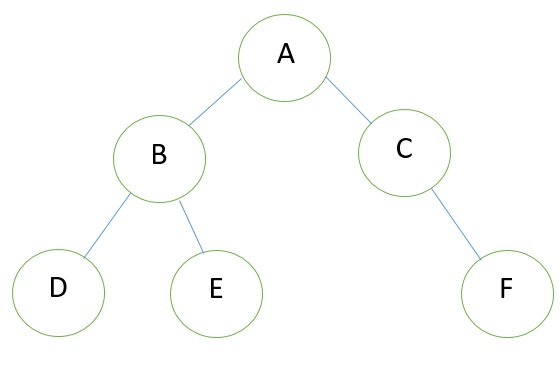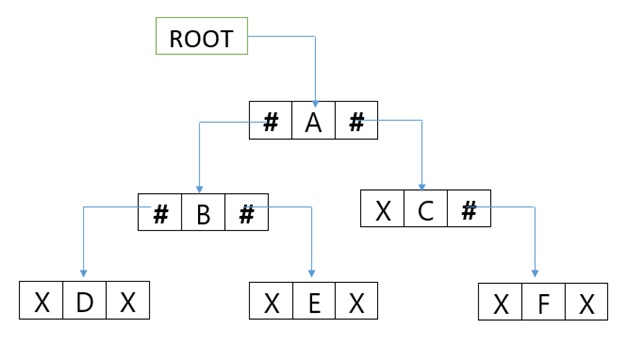Representation of binary tree in memory
Representing Binary Tree in memory
Let T be a Binary Tree. There are two ways of representing T in the memory as follow
- Sequential Representation of Binary Tree.
- Link Representation of Binary Tree.
1) Linked Representation of Binary Tree
Consider a Binary Tree T. T will be maintained in memory by means of a linked list representation which uses three parallel arrays; INFO, LEFT, and RIGHTpointer variable ROOT as follows. In Binary Tree each node N of T will correspond to a location k such that
- LEFT [k] contains the location of the left child of node N.
- INFO [k] contains the data at the node N.
- RIGHT [k] contains the location of right child of node N.
Representation of a node:

In this representation of binary tree root will contain the location of the root R of T. If any one of the subtree is empty, then the corresponding pointer will contain the null value if the tree T itself is empty, the ROOT will contain the null value.
Example
Consider the binary tree T in the figure. A schematic diagram of the linked list representation of T appears in the following figure. Observe that each node is pictured with its three fields, and that the empty subtree is pictured by using x for null entries.
Binary Tree

Linked Representation of the Binary Tree

2) Sequential representation of Binary Tree
Let us consider that we have a tree T. let our tree T is a binary tree that us complete binary tree. Then there is an efficient way of representing T in the memory called the sequential representation or array representation of T. This representation uses only a linear array TREE as follows:
- The root N of T is stored in TREE [1].
- If a node occupies TREE [k] then its left child is stored in TREE [2 * k] and its right child is stored into TREE [2 * k + 1].
For Example:
Consider the following Tree:

Its sequential representation is as follow:

Thank you viewers ...
This is published by soumy Sinha..
If u like then pls subscribe and share with your friends..

Comments
Post a Comment